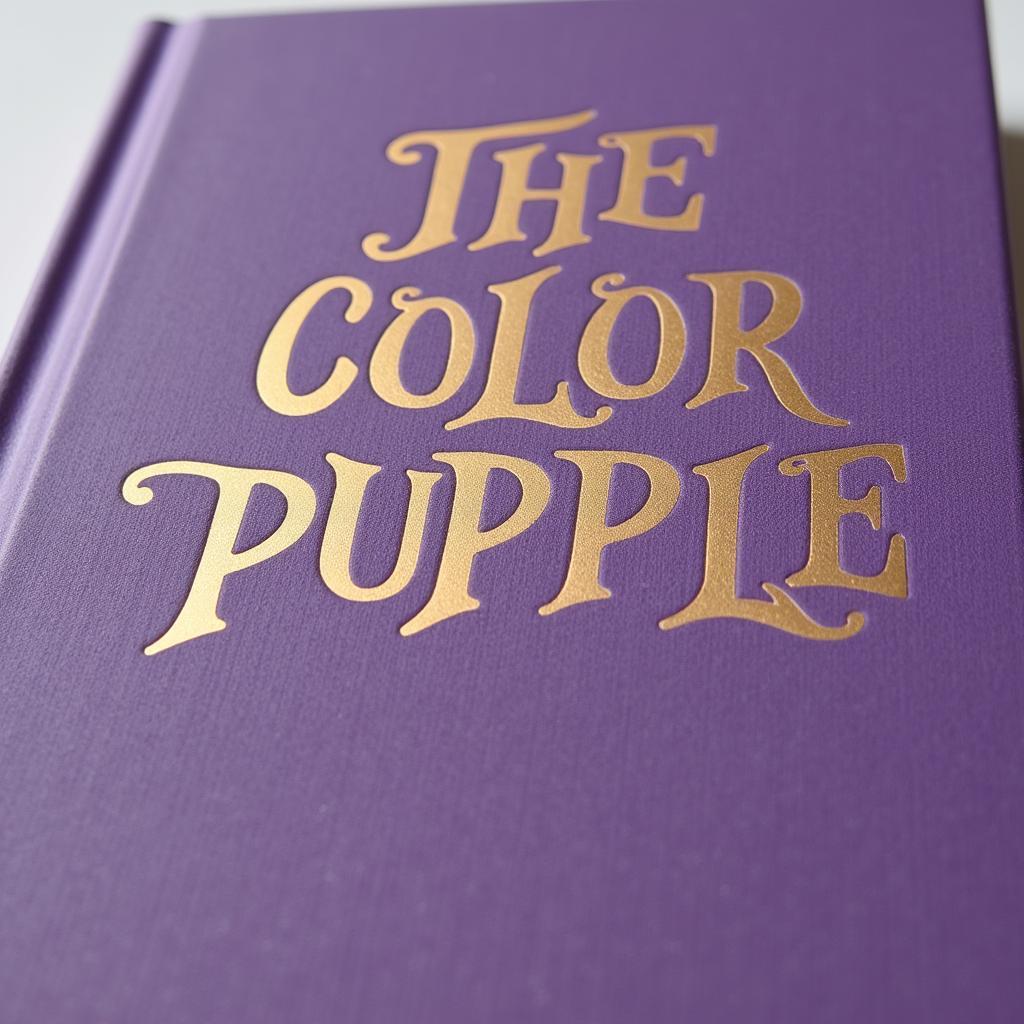Alice Walker’s groundbreaking novel, “The Color Purple,” has been both celebrated and challenged since its publication in 1982. While praised for its powerful portrayal of Black female experiences and its unflinching exploration of racism, sexism, and domestic abuse, the novel also faced criticism and even bans due to its controversial themes and graphic content.
Reasons for Controversy
The decision to ban “The Color Purple” stemmed from several key concerns:
- Sexual Violence: The novel depicts instances of sexual assault and rape, particularly against women and girls. Critics argued that these scenes were too explicit and gratuitous, potentially harmful to young readers.
- Incest: The portrayal of incest between Celie and her stepfather, Alphonso, was particularly contentious. Critics argued that this element of the story was morally reprehensible and could encourage or normalize such abuse.
- Language: The novel features strong language and racial slurs, reflecting the reality of the characters’ lives and the historical context. However, some found this language offensive and inappropriate.
- Negative Portrayal of Black Men: Some critics argued that the novel presented a negative and stereotypical view of Black men as predominantly abusive and misogynistic.
Censorship and Challenges
“The Color Purple” faced numerous challenges, including:
- Removal from School Libraries and Curricula: Various schools and school districts across the United States removed the book from libraries and banned its use in classrooms.
- Challenges by Parent Groups and Conservative Organizations: Concerned parents and conservative groups often spearheaded efforts to censor the novel, viewing it as unsuitable for young audiences.
 The Color Purple Book Cover
The Color Purple Book Cover
Defending Artistic Freedom and Social Commentary
Despite the controversy, many readers and scholars defended “The Color Purple,” citing its:
- Literary Merit: The novel won the Pulitzer Prize for Fiction and the National Book Award, solidifying its status as a significant work of American literature.
- Historical Context: Set in the early 20th century American South, the novel reflects the harsh realities of racism and sexism prevalent during that era.
- Empowerment of Black Women: The story centers on Celie’s journey of self-discovery and liberation from oppression, offering a powerful message of resilience and hope.
“The Color Purple” Today
Despite attempts to silence its message, “The Color Purple” remains a widely read and studied novel. Its enduring relevance speaks to the ongoing struggle for social justice and equality. The book continues to spark important conversations about race, gender, and the power of literature to confront uncomfortable truths.
